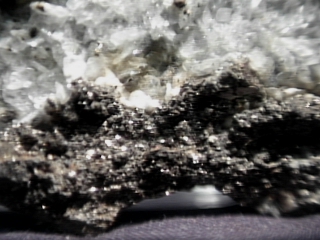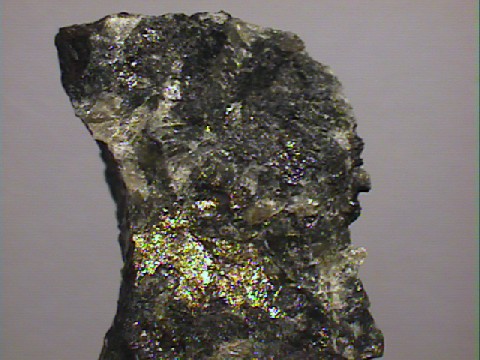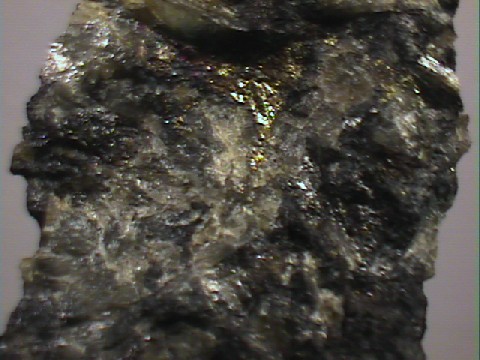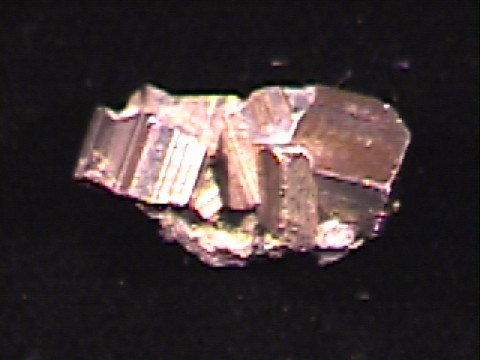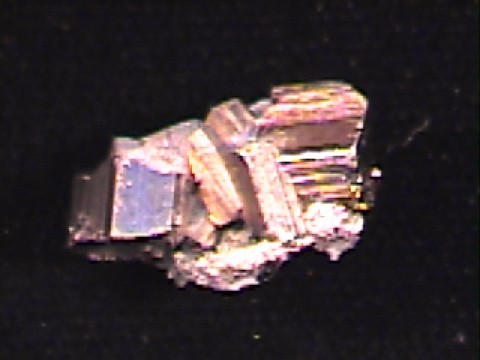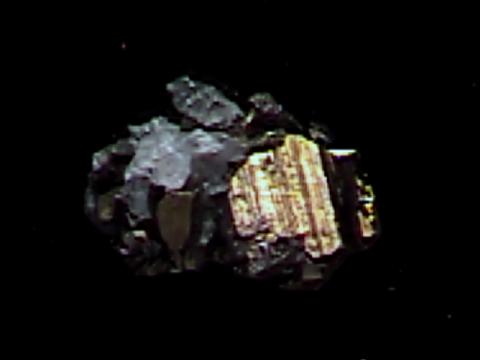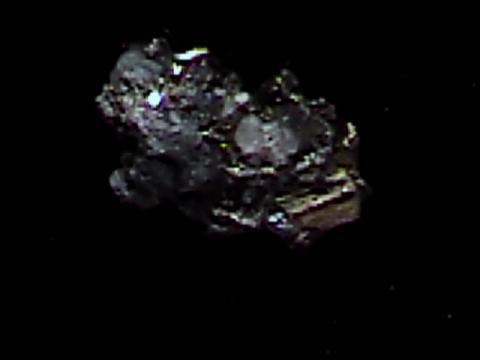 THE MINERAL CUBANITE
THE MINERAL CUBANITE
- Chemistry: CuFe2S3, Copper Iron Sulfide.
- Class: Sulfides
- Uses: A very minor ore of copper and as mineral specimens.
Specimens
It is far more desired as a mineral specimen. Cubanite has a bright metallic luster and a brassy golden color that is really striking. It commonly forms twins that are seen as either sharply pointed chevrons or as cyclic twins of six rayed "stars" or "flowers". Cubanite is named after Cuba, the country of its type locality.
PHYSICAL CHARACTERISTICS:
- Color is a brassy golden yellow.
- Luster is metallic.
- Transparency: Crystals are opaque.
- Crystal System is orthorhombic; 2/m 2/m 2/m
- Crystal Habits include elongated prismatic to tabular crystals. Crystals sometimes twinned into chevrons and six rayed cyclic "stars" or "flowers". Also lamellar, rarely massive.
- Cleavage is rather poor in one direction.
- Fracture is conchoidal.
- Hardness is 3.5 - 4
- Specific Gravity is approximately 4.1 (average for metallic minerals)
- Streak is black.
- Other Characteristics: Deep longitudinal striations on most crystal faces.
- Associated Minerals are chalcopyrite, quartz, gold, siderite, calcite, pyrite, pyrrhotite and several copper sulfides.
- Notable Occurrences include Barracanao, Cuba; Morro Velho gold mine, Minas Gerais, Brazil; Harz Mnts, Germany and the Henderson Mine, Chibougamau, Quebec, Canada.
- Best Field Indicators are crystal habit especially its twins, color, luster and occurrence.


